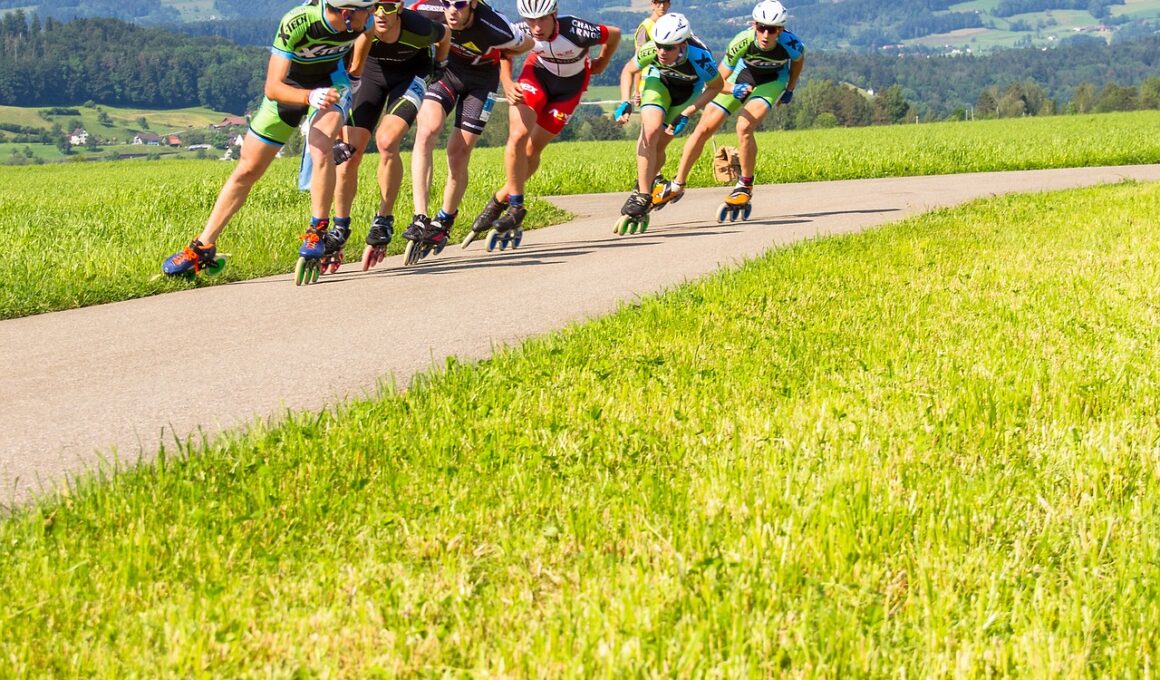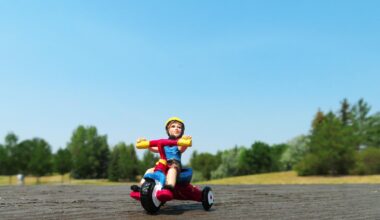Building Endurance in Figure and Speed Skating
Endurance plays a vital role in both figure skating and speed skating. As an athlete, developing your endurance will significantly impact your performance on the ice. Improved endurance helps skaters maintain higher speeds over longer distances. That is essential during competitions where every second matters. Strengthening your endurance can make the difference between winning or finishing behind your competition. A comprehensive training plan will incorporate endurance training tailored to your skating style.
One effective method to enhance endurance is through interval training. This type of training involves alternating between high-intensity efforts and periods of lower intensity or rest. For example, try sprinting for 30 seconds followed by a slow skate for one minute. Repeat this pattern several times. Additionally, consider cross-training with activities such as cycling or running to boost cardiovascular stamina. These exercises engage different muscle groups while improving overall endurance without overusing skating muscles.
Nutritional Support for Endurance
Nutrition plays a crucial role in supporting your endurance training. Eating a balanced diet rich in carbohydrates, proteins, and healthy fats ensures that your body has the energy it needs for rigorous workouts. Carbohydrates provide the primary energy source during intense exercise, while proteins support muscle recovery and repair. Proper hydration is also essential in maintaining performance levels. Dehydration can lead to fatigue and decreased endurance, diminishing your skating potential.
Incorporating endurance workouts into your skating practice can take many forms. Long-skate sessions, where you maintain a steady pace, help build aerobic capacity. Additionally, incorporating drills that focus on speed and stamina, such as repeated sprints, can improve your anaerobic threshold. Focused workouts can also help skaters learn pacing, which is critical during competitions. Effective pacing allows a skater to reach their peak performance without burning out too early.
The Importance of Recovery
Recovery is often overlooked but is essential for building endurance in skating. After intensive training sessions, your body requires time to heal and adapt. Incorporate rest days into your training regimen to let your body recover adequately. Active rest days can include light activities such as yoga or swimming. These will keep you moving without putting too much strain on your body. Ensure you get plenty of sleep, as this is when your body repairs.
Monitoring your progress can help you understand your endurance levels better. Keep a training journal to document your workouts, including time, distance, and how you felt during each session. This tracking can reveal trends in your performance. Analyzing this data helps you identify areas for improvement and adjust your training plan accordingly. Consistent monitoring helps ensure a gradual build-up in endurance while preventing overtraining or injury.
Setting Realistic Goals
Setting achievable goals is essential in the journey to build endurance. Start with short-term goals, such as increasing your training duration by 5 to 10 percent weekly. Longer-term goals can involve performance targets during competitions. By creating measurable and realistic objectives, you will stay motivated throughout your endurance training journey. Documenting these goals allows you to revisit and adjust them as your endurance improves, helping to facilitate ongoing development and satisfaction.
Lastly, consider seeking guidance from a coach or trainer with experience in endurance training for skaters. Professional coaching can provide personalized training plans suited to your unique strengths and weaknesses. An expert can also monitor your form and technique to prevent injuries while ensuring you maximize your endurance potential. Embracing the journey to build endurance effectively in figure and speed skating will lead to better overall performance and enjoyment on the ice.


